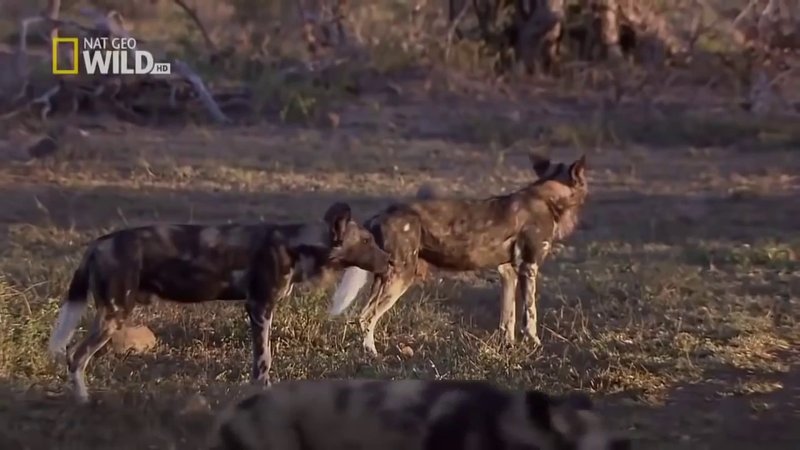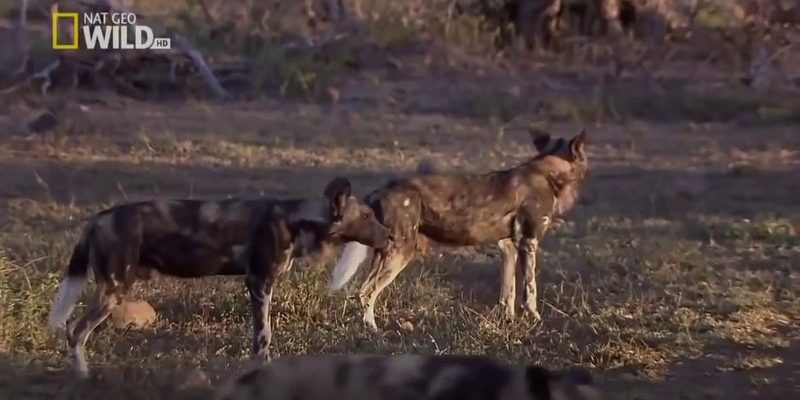
So, why should we care about the predators and threats to fleas? Understanding these natural enemies not only gives us insight into flea populations but also helps us manage pests more effectively in our homes and yards. Just like knowing about the natural balance in an ecosystem helps farmers manage crops better, understanding what keeps fleas in check can benefit all of us, especially pet owners.
The World of Fleas: A Quick Overview
Before diving into predators and threats to fleas, let’s get a bit familiar with the flea itself. Fleas are small, wingless insects that belong to the order Siphonaptera. They’re known for their remarkable jumping ability, which allows them to leap up to 200 times their body length. Just picture a tiny creature that can jump the length of a room—impressive, right? Their primary diet consists of the blood of mammals and birds, making them quite the nuisance for both pets and humans alike.
These pests reproduce rapidly, with females laying up to 50 eggs a day. This means that if left unchecked, a few fleas can quickly turn into a full-blown infestation. Because of their rapid life cycle, fleas can quickly adapt to their environment, making them tough to eliminate. Sadly, this resilience draws the attention of various predators in the animal kingdom, each with its unique hunting strategies.
1. Natural Predators of Fleas
Fleas are not at the top of the food chain, and they face a variety of natural enemies. Here are a few of their main predators:
- Ladybugs: While most people associate ladybugs with aphids, they’re also known to munch on flea larvae. These bright red insects are incredible allies in gardens, helping to control flea populations naturally.
- Spiders: Many spiders will readily consume fleas. Their web-spinning and stealthy hunting methods make them effective predators in places where fleas might be hiding.
- Ants: Some species of ants will actively hunt and kill fleas. They’re opportunistic feeders, meaning if they come across a flea, they’re likely to take advantage of the meal.
- Ground Beetles: These beetles are voracious eaters that won’t hesitate to hunt down flees, especially in outdoor settings. They play a vital role in controlling pest populations in gardens and fields.
Each of these predators plays a part in keeping the flea population in check. You might not see them at work all the time, but they’re out there, doing their part.
2. Environmental Threats to Fleas
Aside from natural predators, fleas also face threats from their environment. Various factors can disrupt their life cycle and population:
- Temperature: Fleas thrive in warm, humid conditions. Extreme temperatures, whether high or low, can significantly impact their survival. For instance, freezing temperatures can kill both adult fleas and their eggs.
- Humidity: Fleas need moisture to survive, especially in their egg and larval stages. Dry environments can hinder their growth and reproduction. If you live in a dry climate, you might notice fewer flea problems during certain times of the year.
- Pesticides: While not a predator, chemicals designed to eliminate fleas can drastically reduce their populations. However, over-reliance on pesticides can lead to resistance, making it crucial to use them wisely.
- Cleaning Habits: Regular cleaning, vacuuming, and washing pet bedding can disrupt flea larvae’s lifecycle, making it difficult for them to mature into adults. A clean home acts as a barrier against flea infestations.
These environmental factors show how important it is to maintain a balanced ecosystem to control flea populations effectively.
3. Bacterial and Fungal Threats
Fleas can also fall victim to certain microbial threats. These tiny invaders can wreak havoc on flea populations in surprising ways:
- Pathogenic Bacteria: Certain bacteria, like *Bacillus thuringiensis*, can infect and kill fleas, disrupting their reproductive cycle. This bacterium is often used in natural pest control.
- Fungal Infections: Some fungi, such as *Beauveria bassiana*, are deadly to fleas. When spores attach to a flea’s body, they can penetrate and ultimately kill the flea. This method of control is one that many organic gardeners appreciate.
- Viruses: Although fleas aren’t often associated with viral infections, certain viruses can infect fleas and lead to population declines. These threats are less common but nonetheless significant.
These microbial threats highlight the intricate web of interactions in nature and remind us that life is full of surprises—even tiny fleas aren’t safe from infections.
4. The Role of Larger Animals
Beyond insects and microorganisms, larger animals also contribute to controlling flea populations. Here are a few notable ones:
- Birds: Many birds actively hunt for fleas. Species like sparrows and starlings are known to pick fleas off their bodies while foraging. This natural behavior helps keep flea numbers down.
- Rodents: Rodents like mice and rats can host fleas, but they also serve as prey for larger predators that may eat fleas. This relationship creates a complex balance in nature.
- Reptiles and Amphibians: Some reptiles, such as lizards, and amphibians, like frogs, will also consume fleas when they come across them during their hunting.
The interaction between different species in the ecosystem can have a big impact on flea populations. It’s fascinating to see how interconnected life can be!
5. Pets and Their Flea Management
If you have pets, you know how important it is to manage fleas effectively. Pets can be both hosts and contributors to flea life cycles. Here’s how to minimize the problem:
- Regular Check-ups: Keep an eye on your pets for any signs of fleas. Regular check-ups with your vet can help catch infestations early.
- Flea Treatments: Using veterinarian-approved flea treatments can help manage and control populations. Options include topical treatments, oral medications, and flea collars.
- Hygiene Practices: Regularly wash your pet’s bedding and vacuum your home to remove any eggs or larvae they might shed.
- Natural Remedies: Some pet owners prefer to use natural remedies, like diatomaceous earth or essential oils, to repel fleas. Always consult with your vet before trying these options.
Being proactive can make a world of difference in preventing flea infestations. After all, it’s better to keep those pesky little critters at bay than to deal with an infestation later.
Understanding predators and threats to fleas reveals a fascinating and interconnected world. From tiny insects like ladybugs to larger creatures like birds, each plays a role in controlling flea populations. By fostering a balanced ecosystem and implementing good practices at home, you can help keep fleas at bay naturally.
So next time you notice a flea, remember it’s not just you battling that pesky invader—there’s a whole army of allies working behind the scenes to maintain balance in the environment. Whether you’re a pet owner or just curious about the natural world, realizing how everything interacts can bring a new appreciation for the delicate dance of nature. Now, let’s raise a glass to those tiny predators doing their part—cheers!

